The 28 Most Ridiculously Expensive Foods In The World
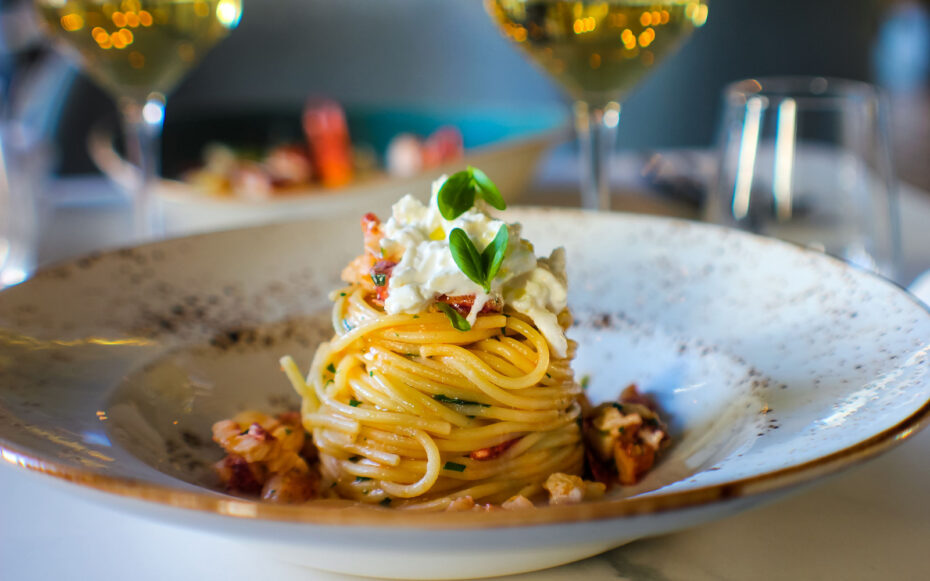
Does the cost of a food item make it taste any better? Or is it simply the fact that you are spending more money and normally when you spend a lot of money, people tend to automatically think it’s better.
Regardless of whether it tastes good or not, expensive food exists all over the globe. Since we haven’t been able to try the most expensive foods in the world, we decided to show you what they look like and give you a list of options in case you ever find yourself in a position to spend a lot of cash without worrying about repercussions. Here are the most expensive foods from all over the world.
Most Expensive Food Items – By Size or Weight
To’ak Chocolate – $260/ounce
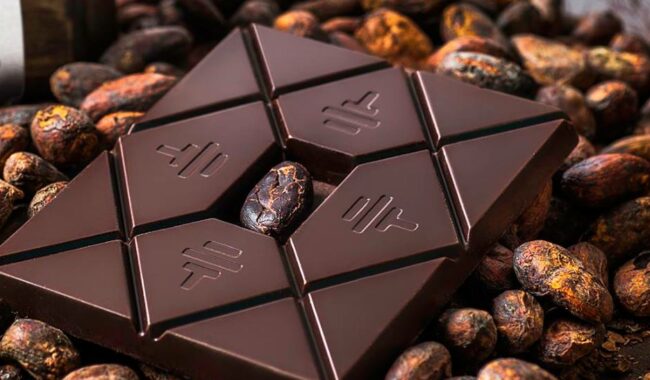
The To’ak chocolate bar is very rare and hails from a country that most people forget about when it comes to chocolate, Ecuador. In 2014, they only had 574 bars of this stuff in the world. The chocolate comes from the 5% of mass produced cacao beans not used by the majority of chocolate companies around the globe.
Kopi Luwak Coffee – $600/pound
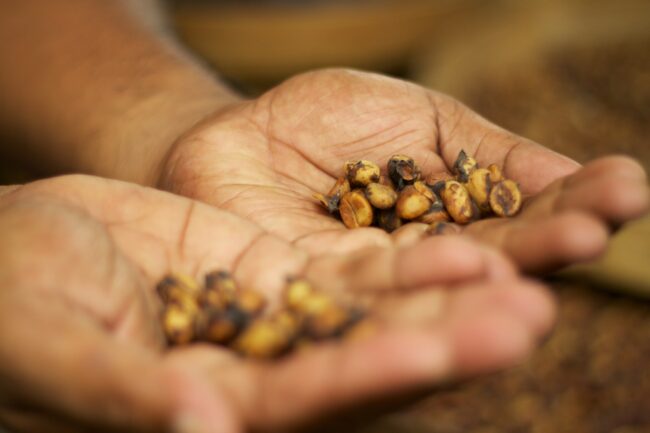
The best coffee beans in the world come from a procedure where the coffee cherries are digested and defecated out by an Asian palm civet. As disgusting as it sounds, it is a method that has been used for a very long time and helps keep the price so high.
Matsutake Mushrooms – $1,000/pound
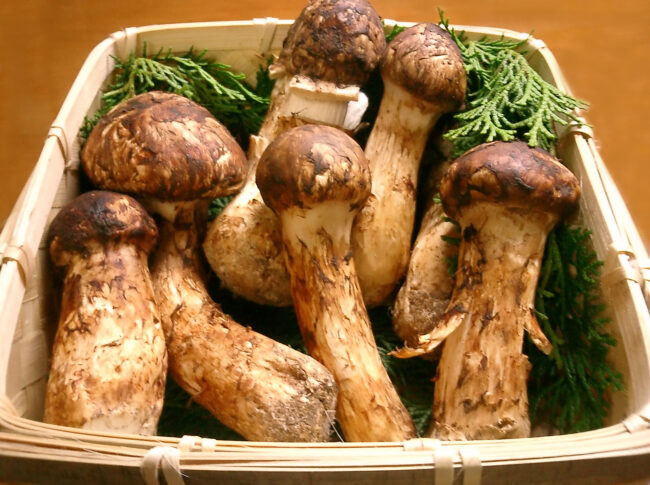
Matsutake mushrooms, also known as pine mushrooms, are highly valued in Japanese cuisine and can be quite expensive. Prices for Matsutake mushrooms can range from $20 to $100 or more per pound, depending on the quality and availability. They are considered a delicacy, and the price can fluctuate depending on the time of year and location of harvest. The most highly prized Matsutake mushrooms are those harvested in the wild, rather than cultivated, as they are believed to have a stronger, more complex flavor.
Japanese Wagyu Beef – $1,300/16-oz steak
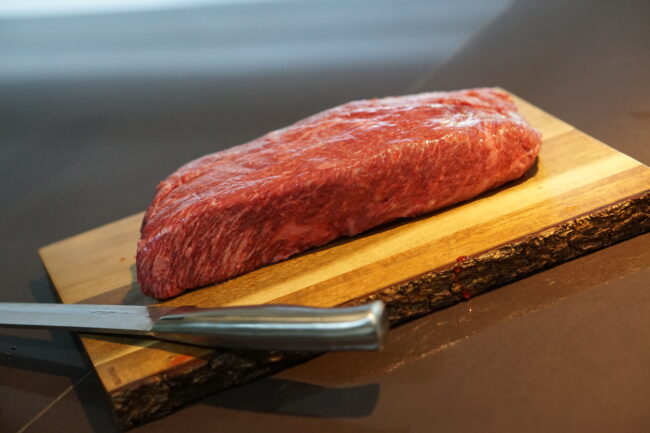
Japanese Wagyu beef can be quite expensive, with prices often ranging from $20 to $200 or more per pound, depending on the quality grade and cut of meat. The most highly prized cuts, such as the tenderloin and ribeye, can cost significantly more than other cuts. Additionally, the specific region the beef is from, the farm, and the age of the cow can also affect the price. It is considered a luxury item and often used in high-end restaurants.
Saffron – $2,000/pound
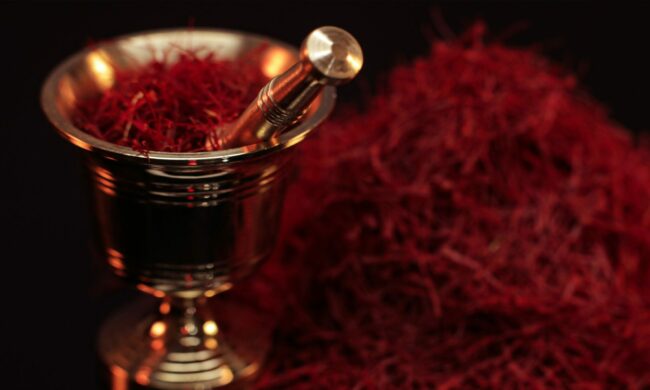
Saffron is considered one of the most expensive spices in the world due to the labor-intensive process of harvesting and processing the threads. A pound of Saffron can cost anywhere from $500 to $5000 or more, and a small amount such as 0.5 grams can cost as much as $10. The price can also vary depending on the quality of the saffron, with higher-quality threads typically commanding a higher price. Additionally, the origin of the saffron can also affect the price, with saffron from certain regions such as Iran and Spain considered to be of higher quality and therefore more expensive.
Baby Eel – $2,000/pound
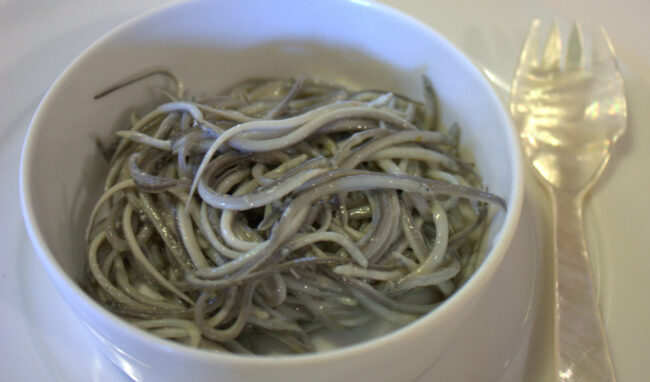
Baby eel, also known as “elvers” or “glass eels,” can be quite expensive due to their rarity and high demand. Prices for baby eel can range from $200 to $2000 or more per pound, depending on the time of year, location of harvest, and overall market conditions. They are considered a delicacy in certain countries and are often used in dishes such as sushi and tempura. However, due to the high price and intensive farming, the supply of baby eel is limited and they are not widely available. Additionally, some countries have banned the trade of wild baby eel due to overfishing, making the farmed ones more expensive.
Bluefin Tuna – $3,500/pound
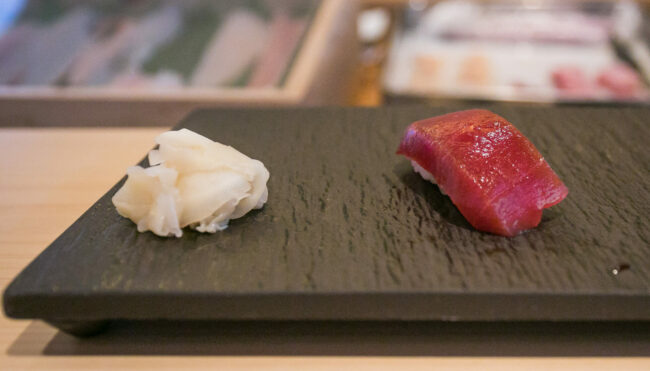
The price of tuna runs the market, up and down. It can range anywhere from $500 to $3,500 a pound depending on demand but rest assure, the Bluefin Tuna prices have gone up in value steadily since 2012 and continue to rise thanks to increasing demand across the seafood markets. Tokyo sets the market for Bluefin Tuna every year with sushi being one of the biggest food items it is used in.
Beluga Caviar – $5,000/kilogram
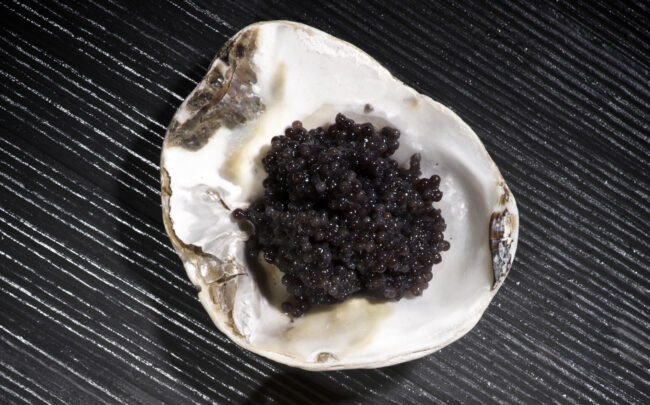
Prices for beluga caviar can range from $50 to $500 or more per ounce, depending on the quality and availability. The most highly prized beluga caviar is that which comes from wild sturgeon caught in the Caspian Sea. Farmed beluga caviar is also available but considered less desirable due to the taste and texture difference. Additionally, the size and color of the caviar eggs can also affect the price, with larger, lighter-colored eggs typically commanding a higher price. However, overfishing and habitat destruction have caused wild beluga sturgeon populations to decline, making the caviar quite rare, and expensive.
Edible Gold Leaf – $15,000/pound
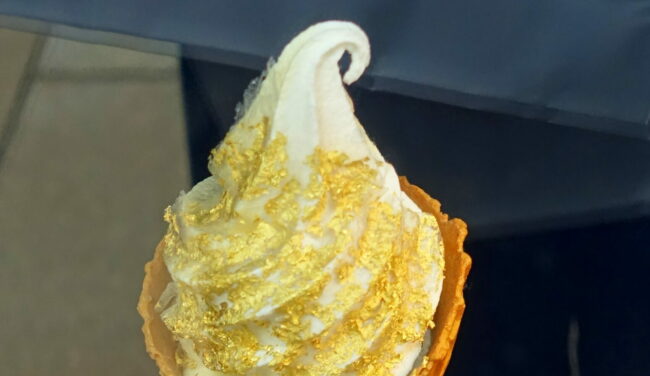
Edible gold leaf is a very thin sheet of gold that is used as a decorative ingredient in food and drinks. Depending on the size, quality and amount, it can be quite expensive. Prices for edible gold leaf can range from $5 to $50 or more per sheet. The leaf is extremely thin and fragile and can be hard to handle, making it more expensive than other forms of gold. It is mostly used as a decorative element in high-end desserts, chocolates, and drinks. Edible golf leaf does not have a specific taste, it’s mainly for visual appeal.
Most Expensive Food Items – Whole
Westin Hotel Bagel – $1,000
The high-priced Westin Hotel Bagel is a luxurious item that people buy when they have $1,000 to throw away. The cost is so high because it has edible gold leafs and white truffles cooked onto it.
The Glamburger – $1,700
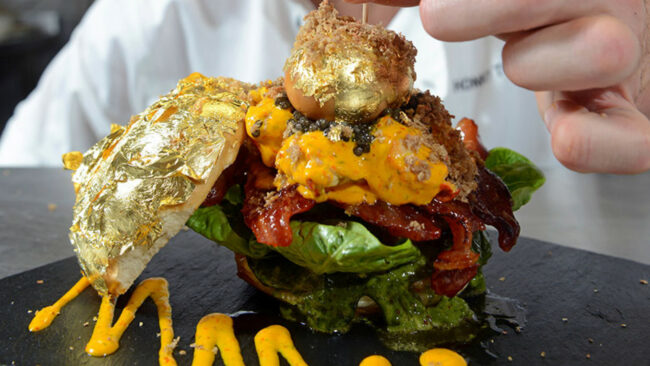
The Glamburger is a luxury burger that was created by Honky Tonk restaurant in London, England. It is made with a beef patty, truffle-infused brie, smoked bacon, black truffle mayonnaise, and a gold leaf-wrapped brioche bun. It was sold for around $1,777 during its launch, but prices can vary depending on the location and restaurant. The Glamburger is considered a luxury item and is often used as a publicity stunt by some restaurants. It’s not a regular menu item and is usually available for limited time only.
Angelito Araneta Jr Sushi – $1,978
What is it with gold leafs that everyone uses on their food items these days? The Araneta Sushi is covered in caviar and wrapped in gold leaf otherwise, the cost wouldn’t top $100.
230 Fifth Hot Dog – $2,300
There is no place in this world for a hot dog that costs over $100 let alone more than $2,000. But as you will find out very quickly, the higher the price tag, the more luxurious ingredients on the menu. This dog has lobster, caviar, and some edible gold leaves.
Jamon Iberico – $2,800

Anyone can cook ham but it takes a certain specialist to cook an Albarragena Jamon Iberico de Bellota. This is ham that comes from pigs grown only for this exact meat. The pigs are fed acorns and roots only which ends up giving them a flavor unmatched by any other meats.
Samundari Khazana Curry – $3,200
Start naming expensive ingredients, they are all in this dish. From white truffle to hollowed quails’ eggs filled with caviar, this Indian dish costs a bit much for something you can find almost anywhere in India but it tastes like a slice of heaven.
Pizza Royale 007 – $4,200

Get your mouth ready for this pizza, it isn’t your ordinary pie. The Pizza Royale 007 features lobster (marinated in cognac), venison medallions, champagne soaked caviar, sunblush tomato sauce, prosciutto, Scottish smoked salmon, and vintage balsamic vinegar. Don’t forget about the 24-carat gold flakes sprinkled across the top.
Fleurburger 5000 – $5,000
Be prepared to drool. The Fleurburger 5000 has a beef patty made of Kobe beef, otherwise known as the most elite beef the world, and topped with foie gras and black truffles. It tastes like money but this burger is actually pretty damn good too.
Densuke Black Watermelon – $6,100
Black watermelon? Really? This type of melon is grown on the Northern Japanese island of Hokkaido and is mainly used as a gift due to both its size, shape, and scarcity in Japan.
Posh Pie – $9,484
Do you want to make a food item with a hefty price tag? If so, just follow the same idea that almost all the meals on this list do and add gold flakes and truffles. Those two ingredients alone turn the pie into the second priciest pizza in the world.
Chef Renato Viola’s Louis XIII Pizza – $12,000
When something is considered luxurious, it is prestigious and beautifully constructed. The Louis XIII pizza is a perfect example of luxury as the pie takes 72 hours to make because of the delicate process of allowing the dough time to rest. The ingredients add to the price tag and are some of the best in the world. (caviar, lobster, pink Australian sea-salt)
Fence Gate Inn Meat Pie – $14,260
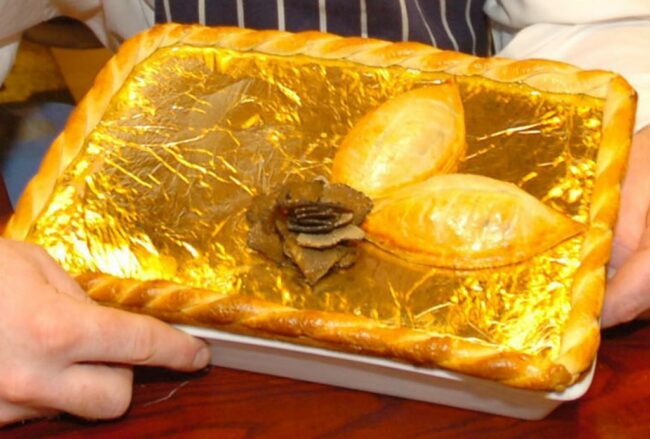
Let’s face it, if you are actually going to eat any of these food items, you have a pretty big balance in your checking account. Did you ever imagine a world where a meat pie would go for the same price as a KIA?
Fortress Stilt Fisherman Indulgence Dessert – $14,500
Not only do you get a dessert that honors stilt fishing in Sri Lanka, you get a beautiful 80 carat aquamarine jewel that is worth about the price of the meal. So in essence, you are buying the jewel and getting a little food too.
Lost Gardens of Heligan Pineapples – $16,000
The official website of the gardens known as Heligan state that the pineapples are so expensive because they are rare and hard to grow. Seriously, the flower buds are extremely hard to find but even if you do find one, the next step, growing them, is even tougher.
Yubari King Melon – $22,000
The Yubari King Melon is a type of cantaloupe that garners a huge price tag in Japan as part of their many traditions where the melon is given as a gift. The majority of those that will eat this melon probably will never even eat it. They will keep it as a trophy.
Frrrozen Haute Chocolate – $25,000
This is expensive chocolate that has a special ingredient, 24-carat gold. Five grams of it is melted into the chocolate. You will literally be eating gold without even knowing it. That means your bowel movements would be gold. Isn’t it amazing how great life is sometimes?
Almas Caviar – $25,000
Everyone knows about caviar and it’s high price tag but Almas Caviar stands out because it goes back centuries to the days of kings and emperors, who also use to eat it.
Lindeth Howe Pudding – $34,531
Some food items are only priced this high for one reason, bragging rights. If anyone buys it, they aren’t buying the flavor or taste as much as they are simply buying it to show off that they can afford something with this big of a price tag. The pudding comes with gold caviar and is made with some of the world’s most high-end chocolate. Oh, and they added a 2-carat diamond for good measure.
Italian White Alba Truffle – $160,406
As with most high-priced products, rarity and demand cause for a value so significant that it ends up costing six figures. The Italian White Alba Truffle runs for nearly $161k because the white truffles are only available for a few short months each year, in a tiny part of Italy, where they then must be foraged by pigs causing the amount available to decline each year. Needless to say, every single year the white truffles are becoming more extinct and harder to find.